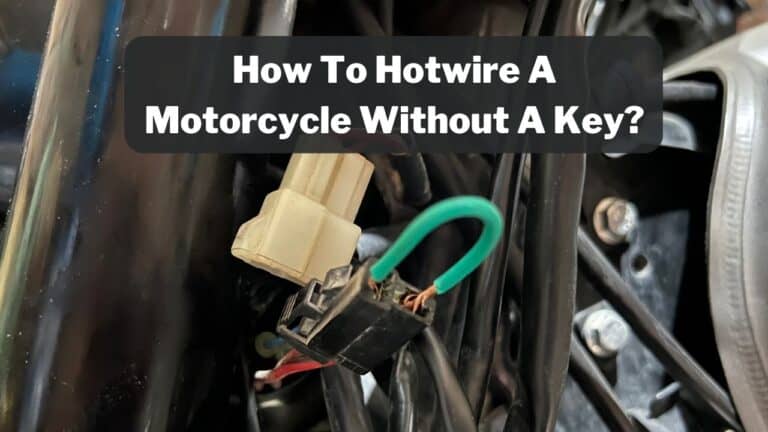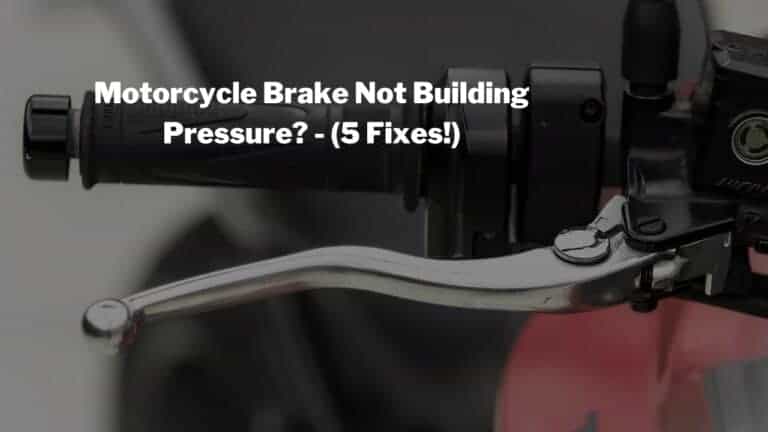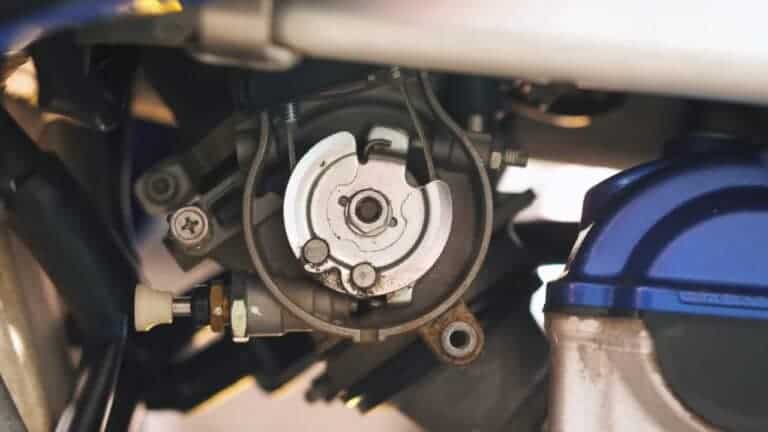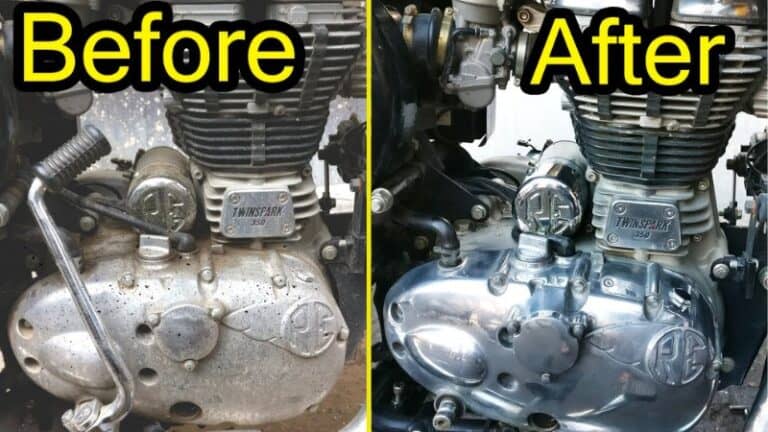Why Is My Turn Signal Blinking Fast? (3 Reasons + Fixes!)
According to Federal Motor Vehicle Safety Standards (FMVSS) No. 108, the turn signal light should flash 60 to 120 times per minute. But if your car or motorcycle turn signal is blinking too fast, it’s a matter of concern, and you should pay attention to it.
Generally, a burnt-out bulb is often the culprit for fast-blinking turn signals. However, there can also be other reasons that are not simple to identify without expert knowledge.


In this guide, we’ll find out the three major reasons for fast-blinking turn signals (aka hyperflashing) and look into some easy fixes with no prior experience.
So, read on to know more about turn signal hyperflashing…
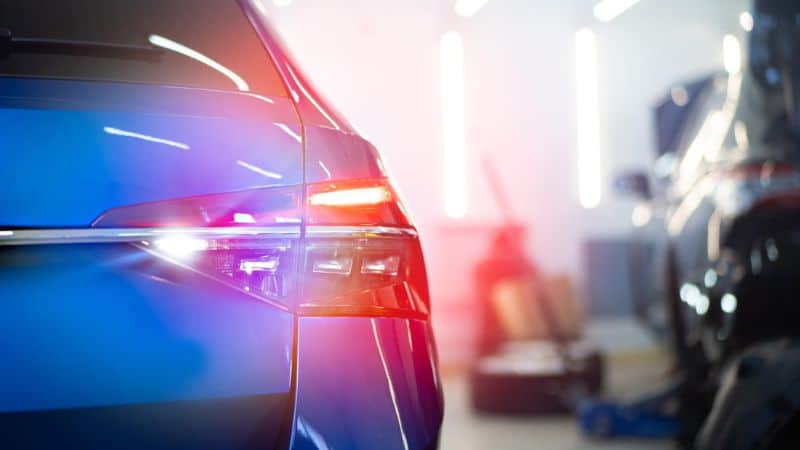
Table of Contents
3 Reasons Why Your Turn Signal Blinking Fast
The turn signal is the only communication device that informs other drivers about your direction and subsequent move. It prevents road accidents while lane splitting on highways.
But, sometimes, it fails or blinks too fast while driving. A faulty turn signal indicator imposes the risk of road accidents.
Here are the three major reasons why your turn signal indicators are blinking too fast-
1. Faulty Bulb
If one side of the turn signal indicator blinks too fast while the others are normal, the halogen bulb filament is more likely to be burned out.
In fact, a faulty bulb is a primary culprit for a hyperflashing turn signal on any vehicle, whether it’s cars, trucks, or motorcycles.
It happens because that faulty bulb interrupts the resistance in the electrical circuit and sends an altered current signal to the flasher.
2. Bad Blinker’s Relay
The second most common reason is a bad blinker’s relay. The relay controls the flow of electric current in the circuit.
Over time, the relays in the electric circuits wear out and capitulate to water damage, extreme temperature, and other environmental conditions.
3. Low Resistance
Your turn signal’s flasher is designed for a specific amperage. If resistance to that circuit reduces, the current flow will increase.
This increased current flow will blink the turn signal too fast. This problem occurs when you install a low-wattage bulb or replace the halogen bulb with an LED.
So, these are three major causes of fast-blinking turn signals on any vehicle. Now that you know why, let me tell you how to fix hyperflashing on cars, motorcycles, or trucks.
How To Fix Turn Signal Hyperflashing On Any Vehicle
If your car’s turn signal light blinks too fast, I have explained some easy troubleshooting below.
1. Replace Bulb
As I told you earlier, a faulty bulb is the most common culprit for a fast-blinking turn signal. Your problem will be resolved if you replace the bulb.
Follow these steps to replace the turn signal bulb on your vehicle-
- Turn ON the ignition key and left turn signal.
- Get out of the vehicle and inspect its front and back turn signals.
- Note down which of them are blinking fast.
- Repeat the process for the right side.
- Unscrew the assembly of the faulty side.
- Pull out the bulb and check its filament.
- Buy a replacement bulb of the same wattage.
- Plug the new bulb and assemble it back.
You have successfully fixed your fast-blinking turn signal light. But ensure that you replace the same wattage halogen bulb, not LED, because the LEDs have lower wattage.
You can buy a turn signal bulb from the nearest AutoZone or order it from Amazon.
Note– The halogen bulbs draw 22 to 28 watts from the circuit, while LEDs only draw 1 to 6 watts. So, if you want to replace it with LED, you need to connect an inline load resistor or replace the relay.
2. Replace Relay
I’m sure you’re attracted to replacing the traditional halogen bulb with LED. Because LEDs are brighter and 8 to 10 times more power efficient, they consume less power from the battery.
But, due to low resistance in the circuit, the flashes blink faster when you install an LED bulb. To fix this problem, you need to replace the relay also.
You can buy a 5-Pin EP27 Electronic LED Flasher Relay to fix the hyperflashing problem on various cars.
3. Connect Load Resistor
Another method to fix the hyperflashing problem is to connect an inline load resistor. However, it fixes the hyperflashing issue. However, I don’t recommend it if you’re changing all LEDs.
I don’t recommend connecting an inline load resistor because it draws high wattage from the circuit, but only low wattage is consumed by LED, and the remaining power will be released in the form of heat.
So, there is a high chance that connecting too many load resistors will overheat and melt the wiring. Hence, replacing the flasher relay is better than connecting four load resistors for all turn signal lights.
Conclusion
I hope this guide helped you fix the hyperflashing turn signal lights on your motorcycle, car, or truck. If it’s not fixed yet, an ECU re-programming is needed, and you need to visit a mechanic garage for that.
Drive safe! Enjoy life!


